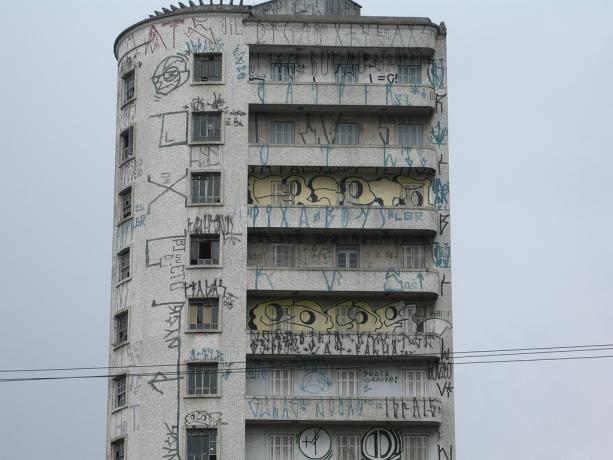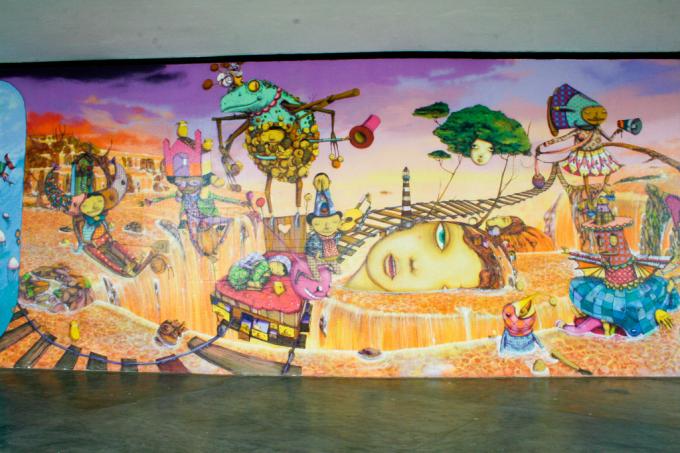The graffiti are graphic expressions painted on walls and buildings in cities. It can be words, texts or even images. Considered a crime in Brazil, graffiti is used as a form of expression by marginalized groups in society, especially young people from the favelas.
The movement's participants defend that graffiti is art, as it is a form of expression, but a portion of the population considers the act as vandalism.
Is graffiti a crime?
As it is understood as an attack on public or private property, graffiti is a crime according to article 65 of the Environmental Crimes Law (Law 9,605/98).
Provides for criminal and administrative sanctions arising from conduct and activities that are harmful to the environment, and other measures:
Art. 65. Graffiti or otherwise defile an urban building or monument"
The penalty for the crime of graffiti is from 3 months to 1 year of detention and a fine, and it is higher in cases where the crime is committed in listed monuments, due to its historical or archaeological value. Although the law determines the penalty of imprisonment, it is common for judges to apply alternative penalties for offenders.
Purpose of graffiti
The graffiti is considered a political act, mainly by young people from the periphery, who use the city walls to communicate and protest against social inequalities in urban centers. Faced with the difficulties of being heard by political representatives, these groups use graffiti to make complaints and express their opinion.
As graffiti uses aesthetic elements to express opinions and feelings, it is considered art by the defenders of this practice. Despite being controversial, the graffiti has already been recognized in national and foreign artistic circles and has gained legitimacy in galleries and visual arts colleges.
But not all graffiti brings protests or political demonstrations. Many graffiti, even, are indecipherable, since the graffiti groups create their own spellings and signatures that are recognized only among movement groups, these signatures are known to group members as “pixo”.
When they started to become common, graffiti was done on low walls, but from the 90's onwards, these paintings began to climb floors. To graffiti in places of high visibility, graffiti artists often climb the buildings, putting their own lives at risk.

Difference between graffiti and graffiti
Both graffiti and graffiti are graphic expressions carried out on walls and city walls, but, in general, graffiti has greater acceptance as it is more aesthetically pleasing. Graffiti artists generally work with images, while graffiti artists use signatures and words with their own spelling.
Graffiti may not be considered a crime, as long as the artistic expression values the heritage and is authorized by the owner. Graffiti has become increasingly common in big cities, walls and walls of buildings have become works of art in the midst of construction.

See also the meaning of graphite and art.
